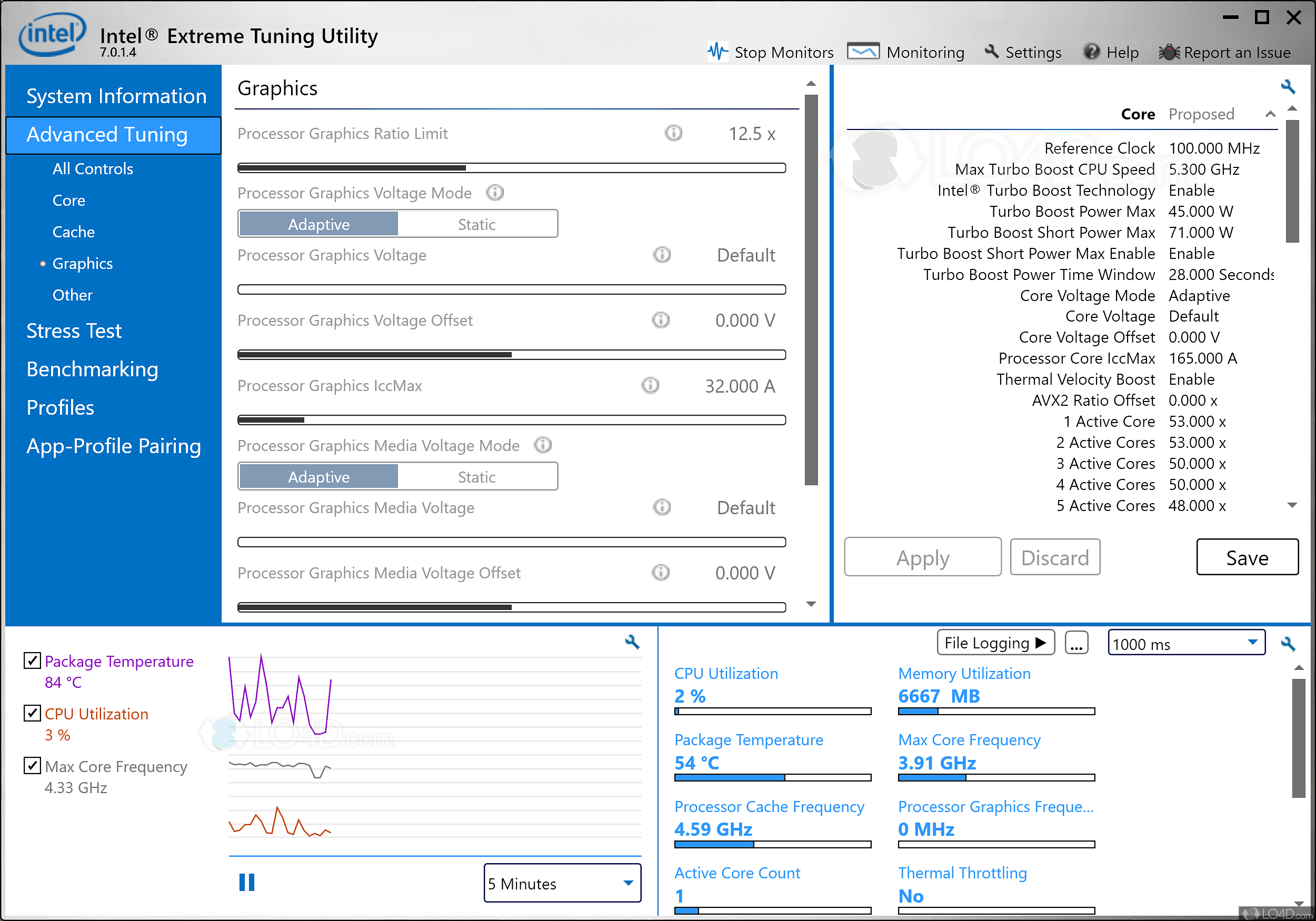

The AMD Ryzen Master tuneup utility is the easiest way to get your processor performing at peak levels. It turns out that, unsurprisingly, AMD themselves know more about getting performance out of their hardware than anyone else. If you’ve lucked out in the CPU lottery and have the thermal headroom for it, you can get some serious gains from AMD’s latest power-efficient 7nm manufacturing process. That doesn’t mean you have to be happy with the performance you get from your Ryzen chip out of the box.

At last AMD is rivalling the instructions-per-clock of Intel CPUs, while providing more cores per CPU at very reasonable prices.


AMD Ryzen MasterĪMD is very much on top of its game again, with Intel licking its wounds following the release of the latest Ryzen CPUs. It’s a great diagnostic tool and, like CPU-Z, a good first stop before you actually touch anything on the GPU in terms of settings. You can get a precise, detailed readout of all your GPU specs, along with real-time output of all the card sensors. CPU-Z is also a perfect utility for getting information on your memory settings, so that you can check whether BIOS changes have actually taken effect.ĬPU-Z (by TechPowerup!) does much the same thing for your GPU. You can also get detailed information on your mainboard and what firmware its running. On our test system here, for example, Windows reports that the CPU is running at 3.5 Ghz, but CPU-Z correctly shows that it is in fact running at almost 4.3Ghz, which is what we’ve overclocked it to. The XPG Xenia laptop listed in my sig is one of these (LAPQC71A), and I have it undervolted using this method.In the case of CPU-Z (by CPUID) you’ll get precise information on the model of CPU you have as well as it’s actual voltage and clock speeds. Intel did a similar thing when they included the ability to undervolt the Intel CPU (right from the UEFI setup) on their white-box laptop, also known as the Intel NUC 9 Extreme laptop kit (LAPQC71*). That tells you the system is not stable and you need to change the settings.Ī large voltage increase could cause permanent harm, but I doubt this program would permit that, since it is a utility written and distributed by Intel for use on their own products. Identifying and mitigating the instability is part of the process, and indeed the goal of stress testing is to get the system to crash or lock up, if it is possible. The worst you are likely to see with a program like this is instability, which is temporary (as soon as the settings go back to the stock settings, the instability will be gone also. You can make them persistent if you wish, but they can just as easily be backed out and things will return to the default settings. The changes one can make with the program are not permanent.


 0 kommentar(er)
0 kommentar(er)
